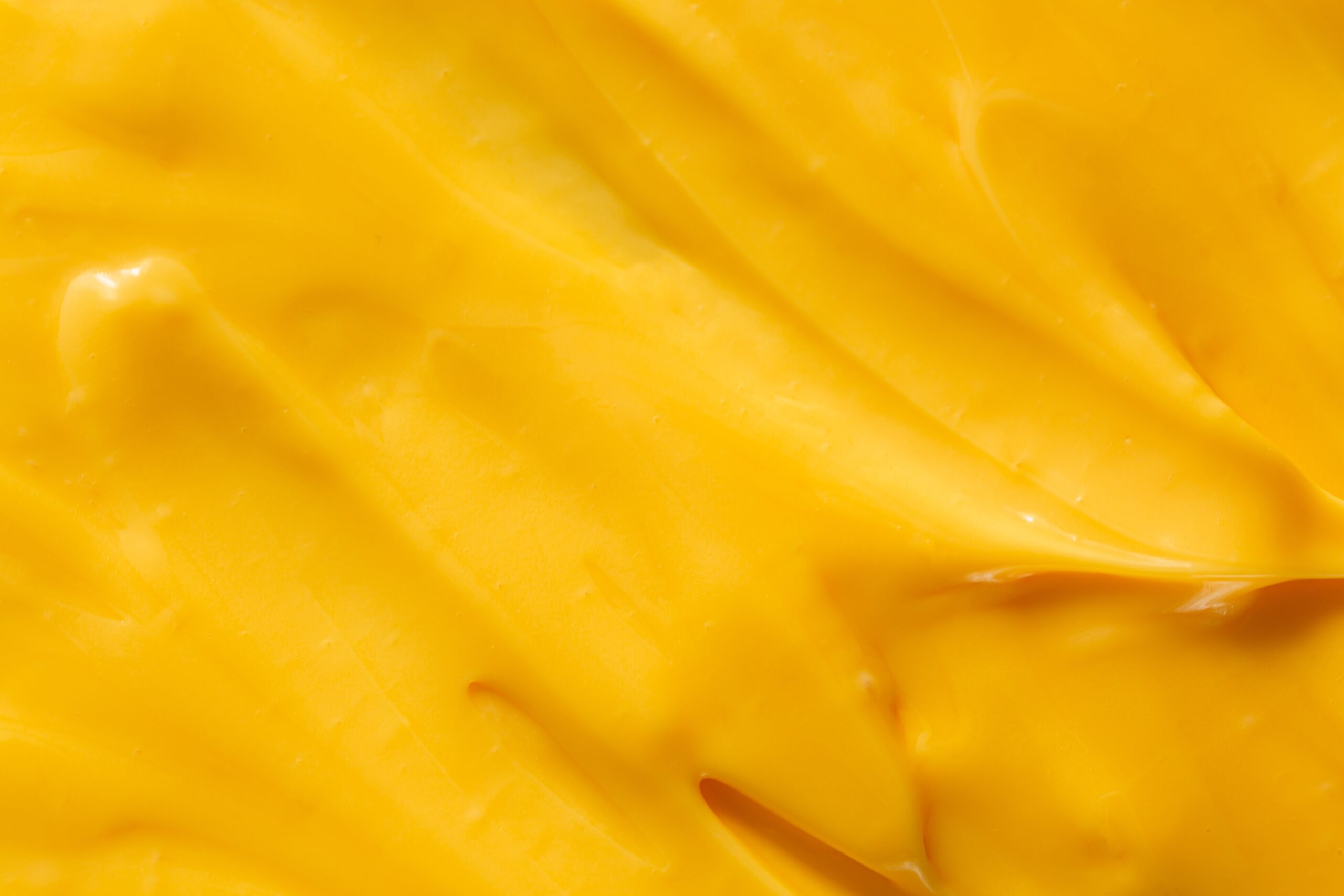22/10/2024
What could be better than a hearty full English breakfast to start the day? While you wait, how about we fill you in on how some of the iconic breakfast ingredients can be produced while treading a little lighter on the planet.
Getting to the meat of it
Around 2/3 of the full English breakfast’s carbon footprint comes from producing the pork sausage and bacon portions alone. Pork production has a lower carbon footprint per kg than beef or lamb due to lower methane emissions from the animal during digestion. However, carbon emissions from pork are still significant and result predominantly from the inclusion of soya protein in pig feed, as soya is often imported from South America, where its production is contributing to deforestation.
Pig feed has become a contentious issue in the UK and EU, after swill-feeding (feeding food waste to pigs) was banned in the EU following the 2001 foot-and-mouth disease epidemic. In contrast to the ban, countries such as Japan instead developed systems to ensure heat-treated food waste could be safely recycled to produce animal feed. In fact, not only is Japanese company, Eco-Pork, marketing its safely swill-fed pork as a premium product, Eco-Pork is also using patented and patent-pending cloud-based technology to manage their livestock (JP2020146040A) and monitor disease risk (JP7525767B2) to improve the health and wellbeing of their pigs.
With new research suggesting that the reintroduction of regulated swill-feeding could actually decrease the amount of land the EU pork industry requires by 21.5% and halve the costs of producing pig feed, it remains to be seen whether the ban will be overturned. Not to mention, regulated swill-feeding could find a use for some of the 100 million tonnes of food wasted in the EU each year.[1]
Meat the alternatives
Although improvements are being made in pork farming to reduce carbon emissions, replacing pork sausages and bacon with plant-based alternatives altogether can reduce the carbon footprint of a full English breakfast by 51%[2]. Recent years have seen significant improvements in the ability for plant-based meat alternatives to mimic the taste, colour and texture of animal meat, with companies including Beyond Meat and Impossible Foods amassing a patent portfolio for their innovations. For example, Impossible Foods have patented a meat replica composition (EP3628173) comprising synthesised haem (an iron-containing component of red blood cells) which helps the “Impossible Burger” bleed and taste like meat. The haem synthesis method has it’s own patent too (EP3722431)!
However, while some plant-based meat alternative manufacturers choose to protect their recipes and production methods using patents, it is likely that other choose to keep theirs a trade secret. After all, a properly kept trade secret (such as the Coca-Cola recipe) could allow a plant-based meat alternative manufacturer to keep their methods secret indefinitely.
Thirsty tomatoes
Following sausages and bacon, tomatoes can contribute to up to 9% of the full English breakfast’s carbon emissions. As a sun-loving crop, greenhouses are typically required to grow tomatoes during winter and spring months, particularly in cooler climates. In fact, tomatoes grown in a heated greenhouse typically produce 5-10 times the amount of carbon emissions compared to tomatoes grown in an open field.[3] With the growing of tomatoes making up 94% of the carbon footprint of tomatoes grown in heated greenhouses[4], eating imported tomatoes grown in sunny, open fields is actually much more eco-friendly than eating locally grown tomatoes in greenhouses, at least in the UK.
No egg to stand on
When it comes to animal-derived proteins, eggs produce the least greenhouse gas emissions per kg compared to other forms – eggs produce only about 1/5 of the emissions of cheese, 1/20 of the emissions of beef and ½ the emissions of poultry meat[5]. Nevertheless, Float Foods have developed OnlyEg – a 100% plant-based “egg” with distinct yolk and white components (WO2022124988). The yolk is even encapsulated in sodium alginate so that it can “break”! Nutritionally, OnlyEg aims to replicate the properties of chicken eggs by incorporating plant protein, for example, from legumes and tofu.
Abroad beans
Baked beans are typically made from haricot beans imported from areas with warmer climates such as Ethiopia or the US. However, in 2023, new varieties of haricot beans developed by the University of Warwick were grown in the UK for the first time[6], with the white bean variety, Capulet, being protected by UK Plant Breeders’ Right No. 8497. Growing and using UK haricot beans would not only reduce the environmental impact of transporting beans over thousands of miles to produce cans of baked beans, but would also help to improve soil structure by offering a short-season, nitrogen-fixing crop to grow between other seasonal crops.
Getting real about cereals
Commercial bread is typically made from non-organic wheat flour with commercially produced yeast. While this allows for large quantities of bread to be easily available at low prices, the production process faces environmental and nutritional challenges due to the need to mass produce wheat monocrops which are optimised for volume. In fact, it is estimated that 50% of the environmental impact of producing an 800g loaf of bread arises directly from wheat farming, with the use of ammonium nitrate fertiliser alone making up around 40%.[7]
In contrast to a wheat monoculture, Wakelyns have developed the YQ population wheat[8] – a diverse wheat population with nearly 200 wheat varieties which can be grown in the UK. With such genetic variation, if one variety fails to disease or weather conditions, others may still thrive. The inherent diversity also means that the YQ population wheat does not need to rely on chemical fertilisers, pesticides, fungicides and herbicides.
If all that knowledge has made you hungry, lucky for you – breakfast is ready! If you’re still feeling peckish afterwards for a sweet treat and some more culinary innovations, stay tuned for our article on sustainable desserts!
Read the next article of Sustainable Café: Desserts
Read the previous article of Sustainable Café: Hot beverages
This content is for general information only. Its content is not a statement of the law on any subject and does not constitute advice. Please contact Reddie & Grose LLP for advice before taking any action in reliance on it.
[1] https://www.cam.ac.uk/research/news/feeding-food-waste-to-pigs-could-save-vast-swathes-of-threatened-forest-and-savannah
[2] https://theconversation.com/the-carbon-footprint-of-a-full-english-breakfast-and-how-to-reduce-it-166690
[3] https://www.sdu.dk/en/om-sdu/fakulteterne/teknik/nyt_fra_det_tekniske_fakultet/tomater-fra-varme-lande-bedre-for-klimaet
[4] https://apps.carboncloud.com/climatehub/product-reports/id/88316046514
[5] https://ourworldindata.org/grapher/ghg-per-kg-poore
[6] https://warwick.ac.uk/sustainability/what-we-are-doing/case-studies/beans-to-market/




